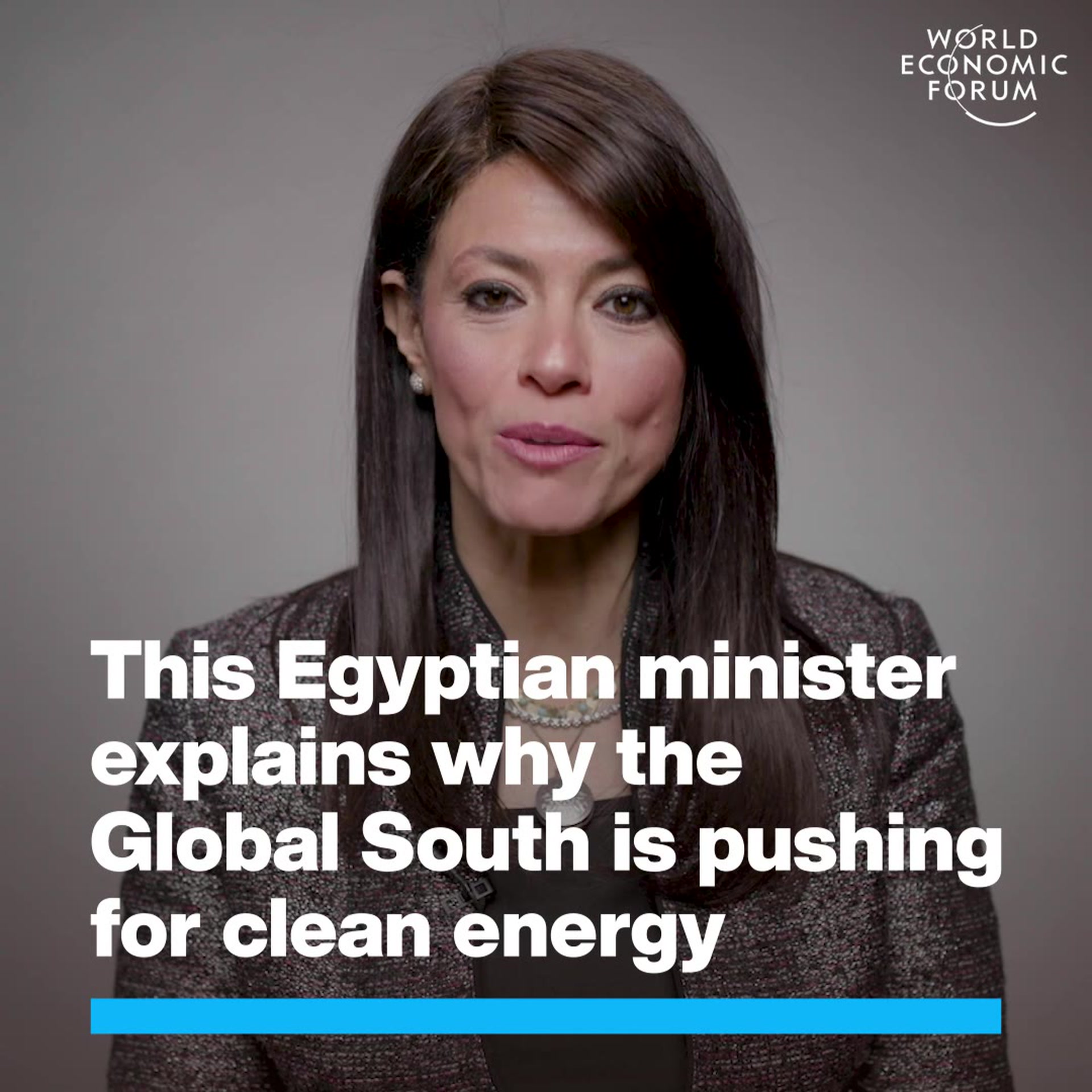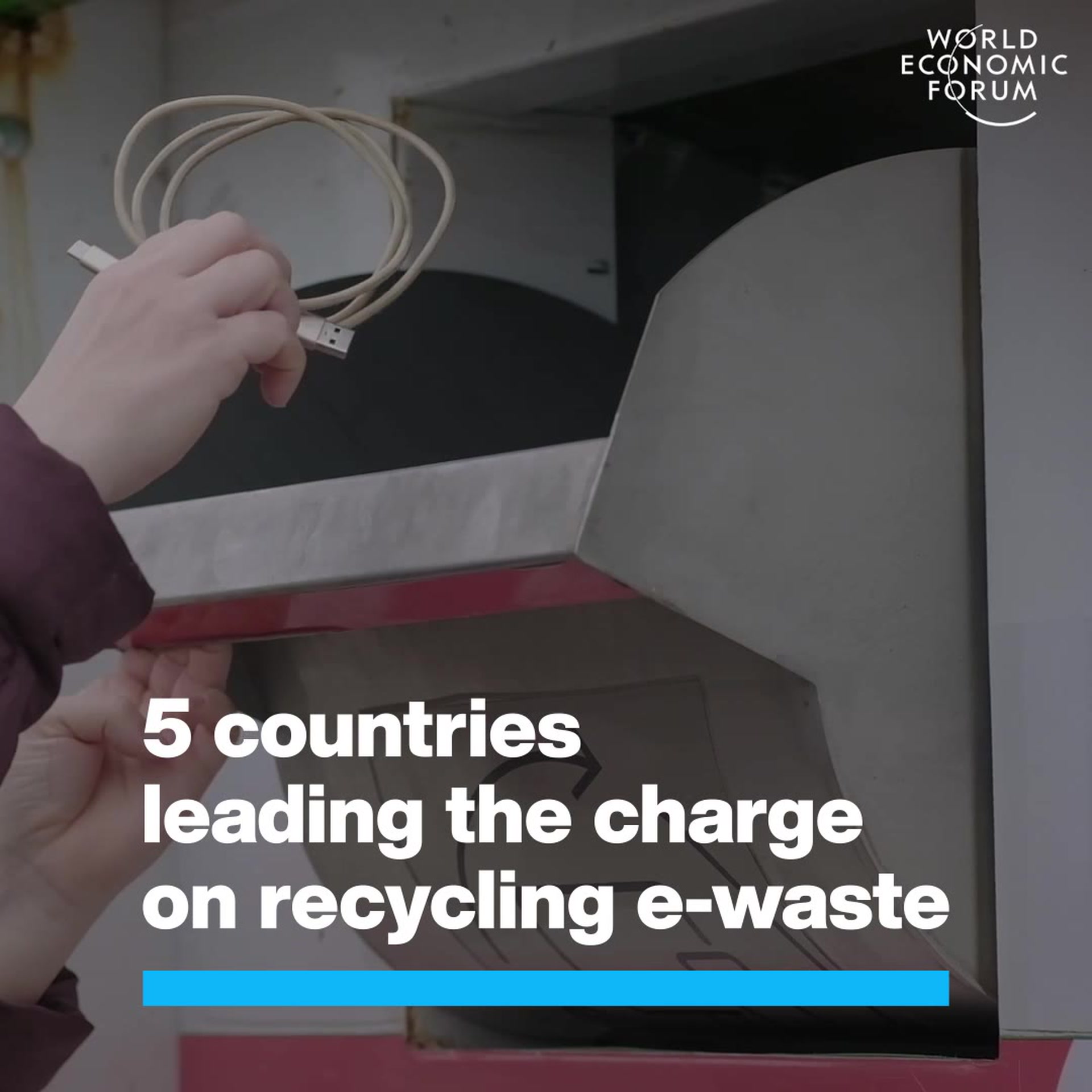Explainer: What is the world's first 'global stocktake' on climate change?

The world’s first Global Stocktake, published by the United Nations, takes a detailed look at climate action progress. Image: Unsplash/Markus Spiske

Get involved with our crowdsourced digital platform to deliver impact at scale
Stay up to date:
Climate Crisis
- The world’s first Global Stocktake, published by the United Nations, takes a detailed look at climate action progress.
- Accelerating climate action is crucial, as the world faces an emissions gap equivalent to almost 24 gigatons of CO2 by 2030.
- The World Economic Forum’s Global Risks Report 2023 finds failure to mitigate climate change is the world’s biggest risk over the next decade.
COP28 – the 2023 United Nations (UN) climate change summit – will take stock of how nearly 200 countries are progressing on climate action.
The world’s first Global Stocktake, published by the UN Framework Convention on Climate Change, lays the groundwork for this with a detailed analysis of the state of progress being made on addressing climate change.
The findings of the Global Stocktake will be considered at COP28 and feed into new country targets on climate change.
What is the Global Stocktake?
The Global Stocktake was established as part of the Paris Agreement in 2015. This is when nearly 200 countries agreed to limit global warming to 2°C above preindustrial times, and aim for 1.5°C, to avoid the worst impacts of climate change.
Essentially, it looks at what progress countries and stakeholders are making towards the goals of the Paris Agreement.
Why is the Global Stocktake needed?
To limit global warming to 1.5°C, we need to almost halve global emissions by 2030. But the world is currently on track for around 2.5°C of warming by the end of the century. The stocktake can help policymakers and stakeholders strengthen climate policies and action.
What are the key findings?
The Global Stocktake details 17 key findings and related recommendations across four areas: climate change context; mitigation; adaptation; and the implementation and financing of climate action.
On context, the UN finds that climate action goals were almost universally adopted after the Paris Agreement in 2015.
But accelerating climate action is crucial. This includes governments supporting “systems transformations” that prioritize climate resilience and reducing greenhouse gas emissions. Climate action must also happen everywhere – including across civil society, the private sector, financial institutions, cities and authorities, local communities and indigenous peoples.
The Global Stocktake says “rigorous accounting and accountability” is needed for this climate action, to track progress and avoid double counting. Staying focused on inclusion and equity can help to minimize the disruptions of climate action on society.
Mitigation findings
The climate mitigation findings of the Global Stocktake look at efforts to reduce the impact of climate change by cutting emissions. The report warns that, by 2030, the world is currently facing an emissions gap equivalent to almost 24 gigatons – 24 billion metric tons – of CO2.
Mitigation goals and their implementation both need to be increased, the UN stresses. “Urgent action and support” is needed to ramp up emissions reduction measures across sectors, including industry, transport and buildings.
Deforestation must be halted, renewable energy scaled up and unabated fossil fuels – fossil fuels with no emissions reduction mechanisms – phased out.
Economic diversification will help to reduce the impact of climate mitigation measures, for example, the development of green industrial sectors, says the report.

Adaptation findings
On climate adaptation – changing existing systems and structures to reduce the impact of climate change – the Global Stocktake calls for a “step change” in efforts to meet the ambitions of the Paris Agreement.
“There is a rapidly closing window of opportunity to secure a liveable and sustainable future for all,” the UN warns.
Adaptation planning and transparent reporting is needed across all sectors and stakeholders.
Locally-designed and driven climate adaptation tends to have the best results, the report finds. Climate information and services can enhance this, but urgent action is needed to understand and address climate-related loss and damage, including policy development and funding.
How is the World Economic Forum fighting the climate crisis?
Implementation and finance
International public finance must be rapidly scaled up to support climate action in developing countries, the Global Stocktake finds.
Finance – including public and private money – must also be aligned with the path to reduced emissions and climate-resilient development. This would “unlock trillions of dollars” to meet global investment needs.
Existing clean technologies should be rapidly deployed, including transferring new technologies to developing countries. Investing in underlying social and economic systems would also help build capacity for climate policy and action, according to the report.
Climate is the world’s biggest global risk
Failure to mitigate climate change is the leading top 10 risk over the next decade in the World Economic Forum’s Global Risks Report 2023, which identifies risks that would negatively impact a “significant proportion” of global GDP, population or natural resources.
Failing to adapt to climate change, natural disasters and extreme weather events, and biodiversity loss and ecosystem collapse make up the other three of the top-four world risks over the next 10 years.
“The lack of deep, concerted progress on climate action targets has exposed the divergence between what is scientifically necessary to achieve net zero and what is politically feasible,” the Forum says.
Have you read?
Don't miss any update on this topic
Create a free account and access your personalized content collection with our latest publications and analyses.
License and Republishing
World Economic Forum articles may be republished in accordance with the Creative Commons Attribution-NonCommercial-NoDerivatives 4.0 International Public License, and in accordance with our Terms of Use.
The views expressed in this article are those of the author alone and not the World Economic Forum.
Related topics:
The Agenda Weekly
A weekly update of the most important issues driving the global agenda
You can unsubscribe at any time using the link in our emails. For more details, review our privacy policy.
More on Climate ActionSee all
Neeshad Shafi
May 1, 2024
Johnny Wood
May 1, 2024
Nils Aldag and Christopher Frey
May 1, 2024
Pooja Chhabria and Michelle Meineke
April 28, 2024







